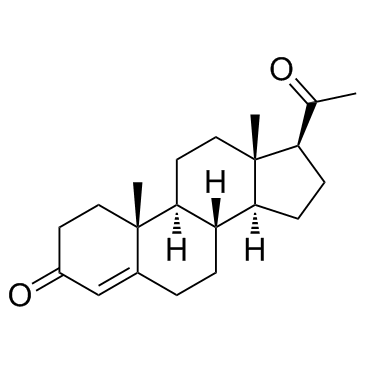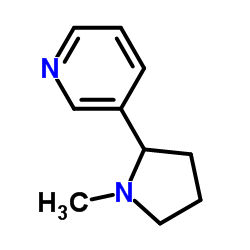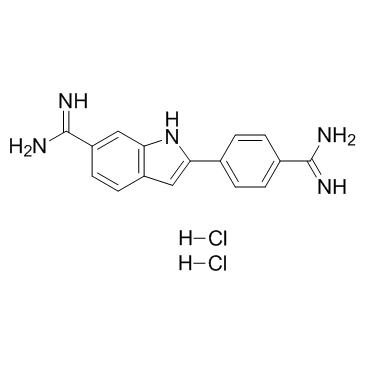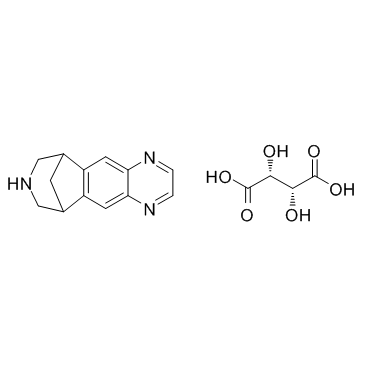| Structure | Name/CAS No. | Articles |
|---|---|---|
 |
sodium dodecyl sulfate
CAS:151-21-3 |
|
 |
L-Nicotine
CAS:54-11-5 |
|
 |
Progesterone
CAS:57-83-0 |
|
 |
(±)-nicotine
CAS:22083-74-5 |
|
 |
4',6-Diamidino-2-phenylindole dihydrochloride
CAS:28718-90-3 |
|
 |
Varenicline Tartrate
CAS:375815-87-5 |